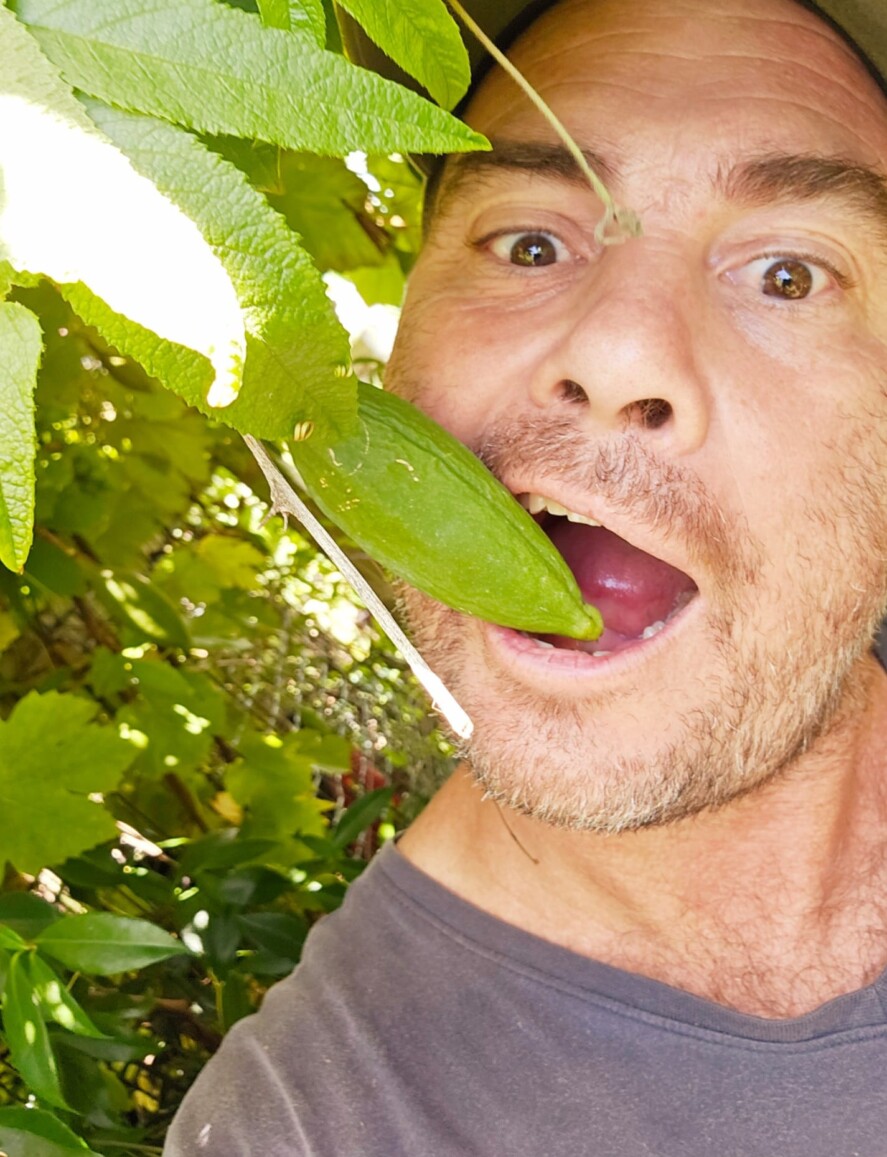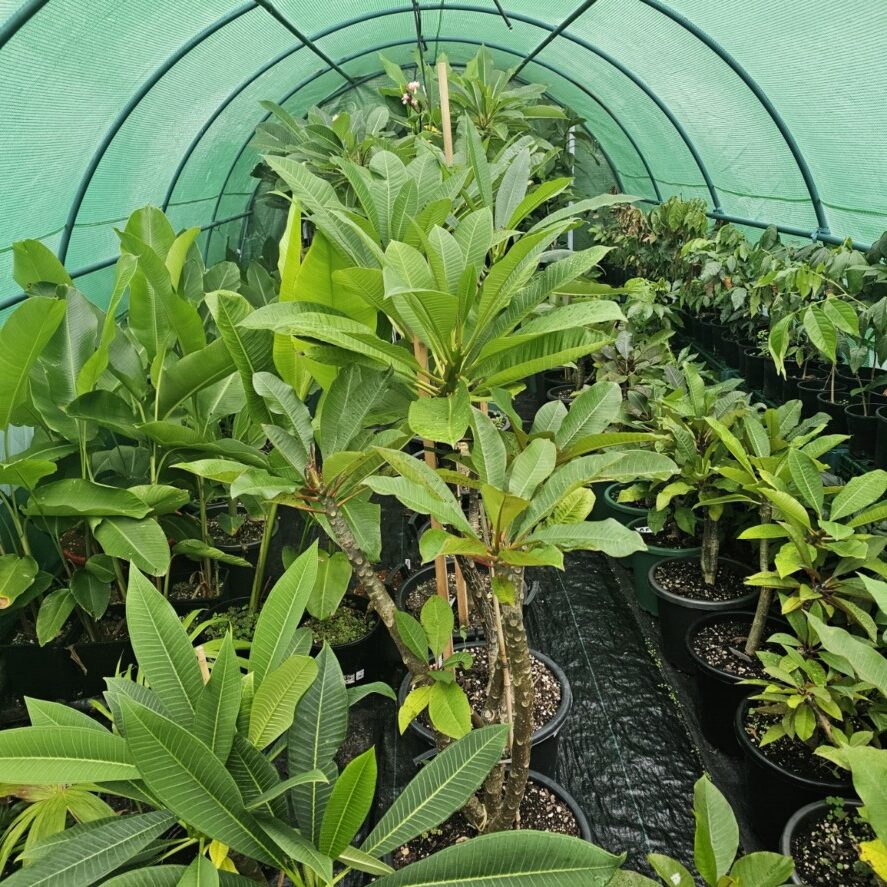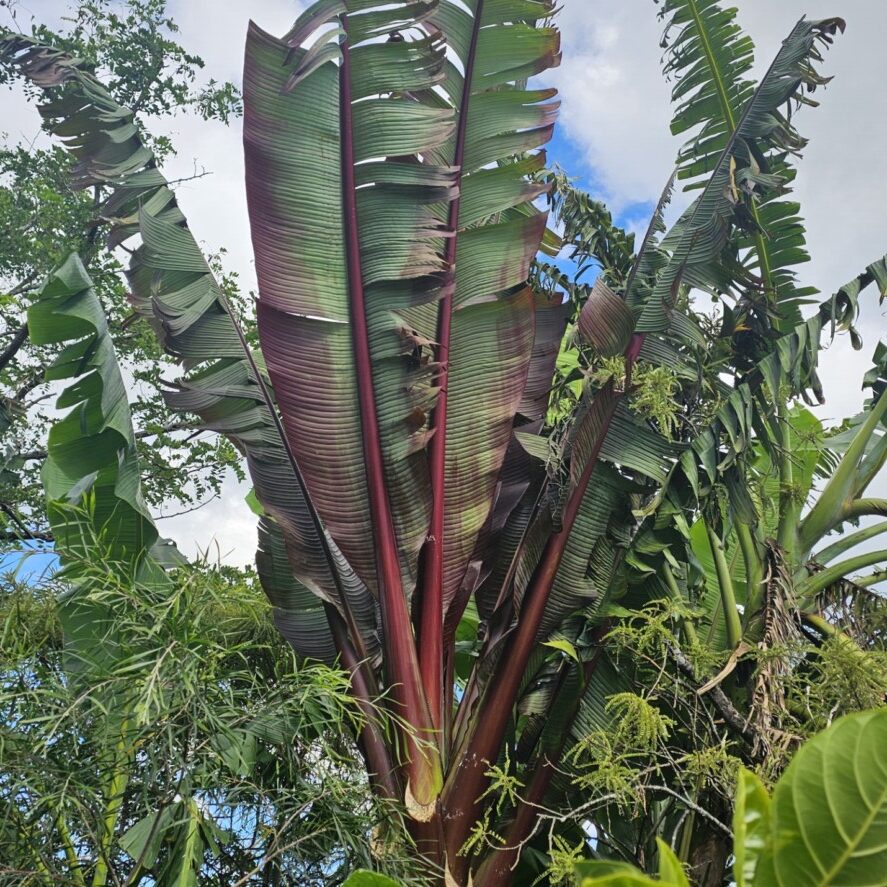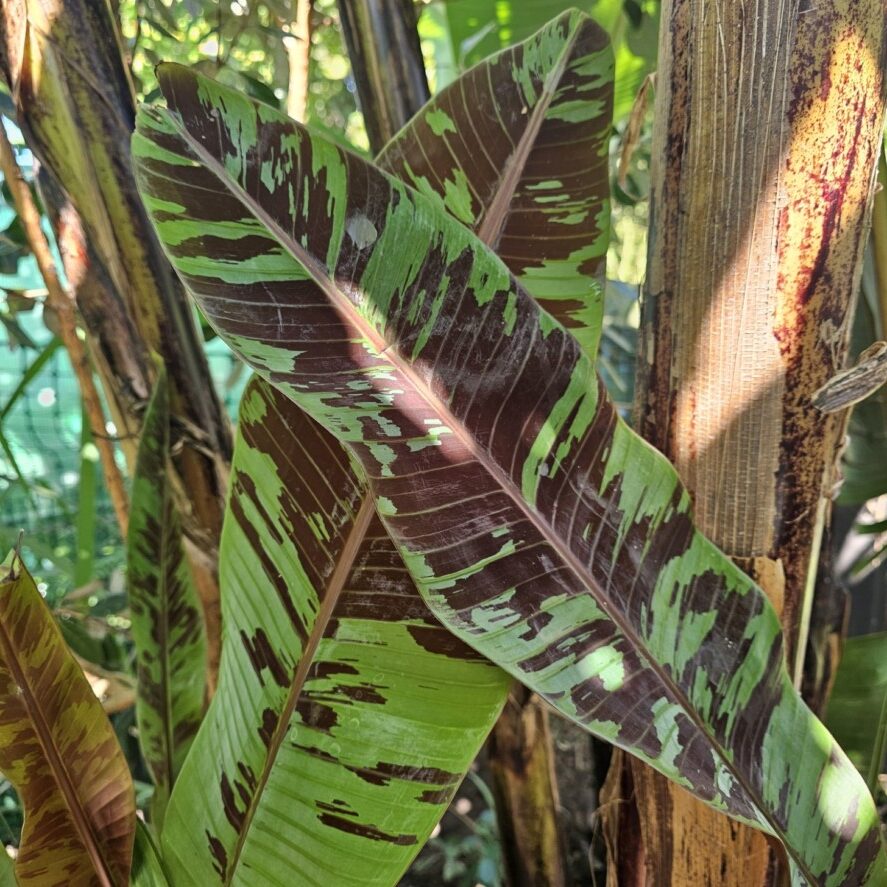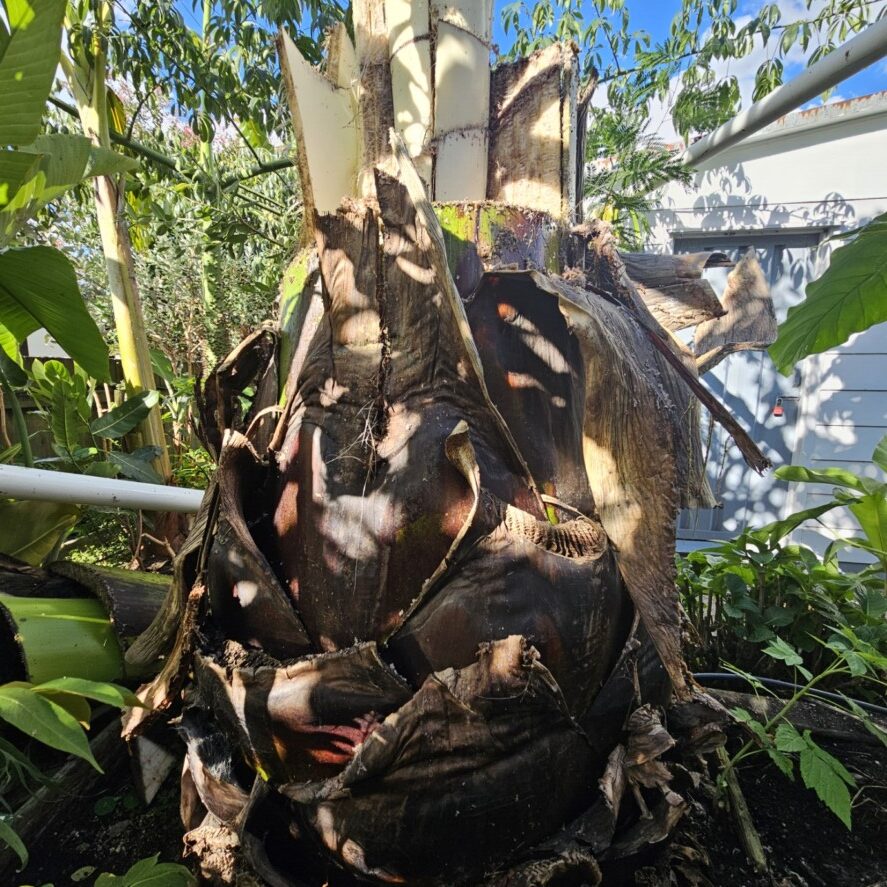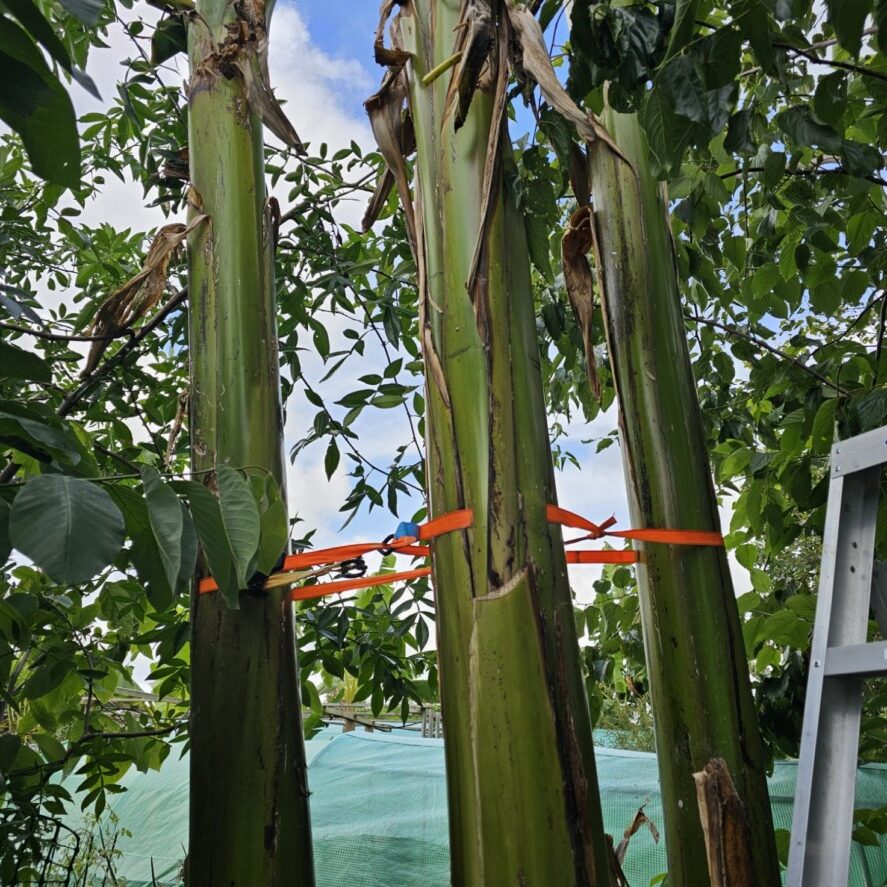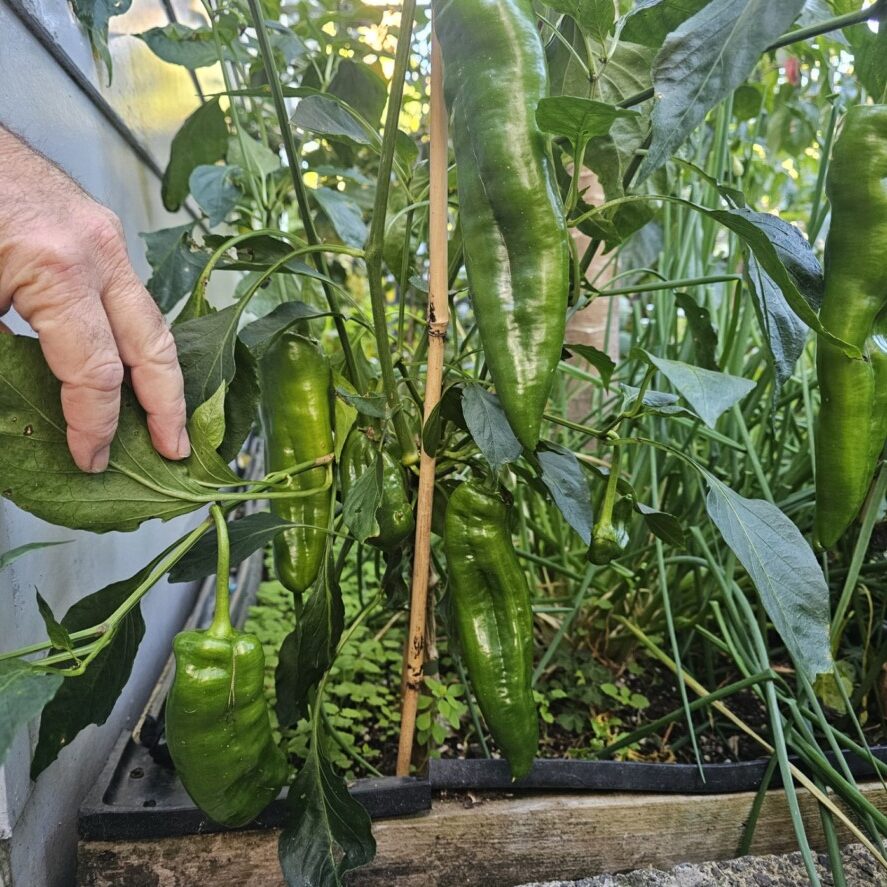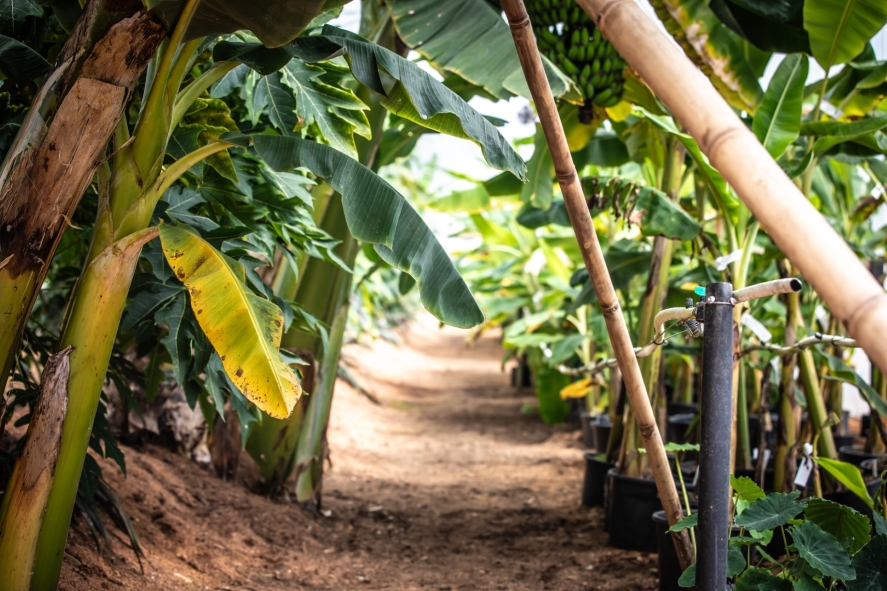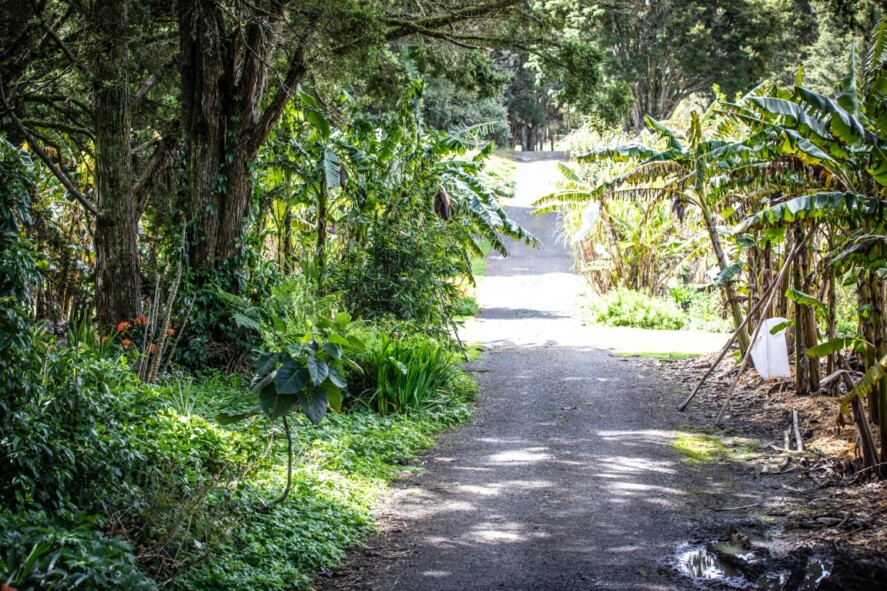-
Troppo Plant & Garden Articles
- Te Puke Region
- TROPPO’s Food Forest in Te Puke, BOP (www,foodforest.org.nz)
- Troppo’s Plant Collection
- TROPPO's Nursery Directory
- Food Forests of New Zealand (www.foodforests.nz)
- Nursery Map - Plant Suppliers of NZ Directory (www.nurserymap.nz)
- Kids Garden Corner
- New Zealand Garden Bird Survey
- New Zealand Garden Groups
- Delicious Recipes
The Art of Hibiscus Grafting: A Guide to Creating Unique and Resilient Plants
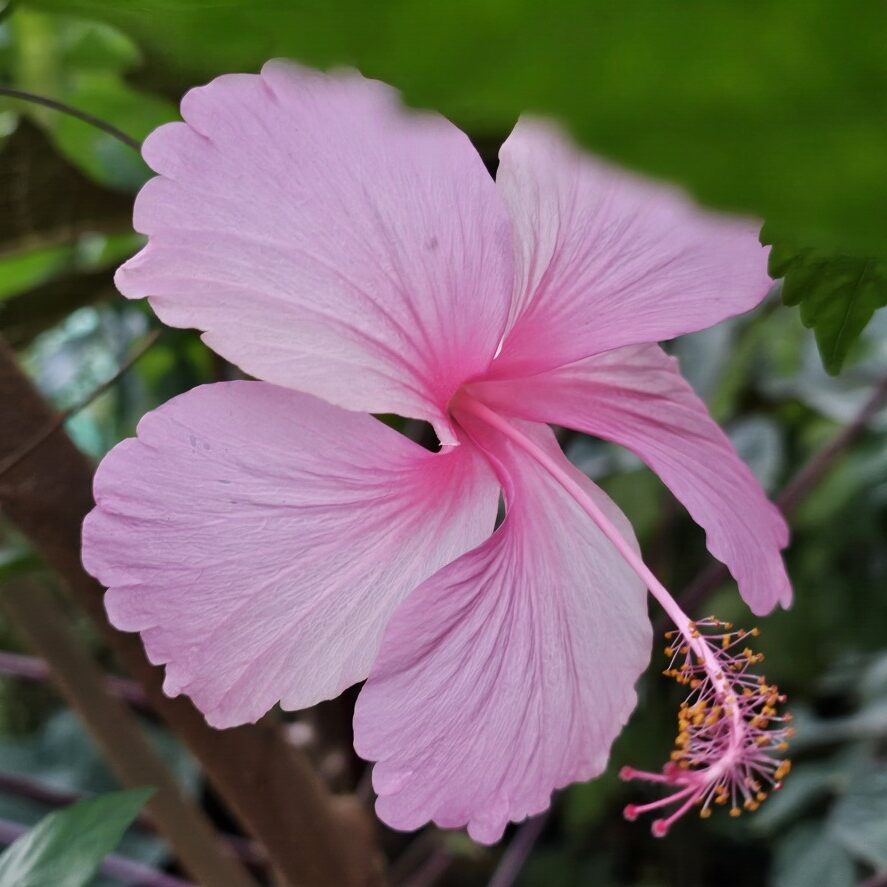
Introduction Hibiscus grafting is an exciting and rewarding horticultural technique that allows gardeners and plant enthusiasts to create unique hibiscus plants with desirable traits. By combining the strengths of different varieties, you can enhance the beauty, resilience, and adaptability of your hibiscus collection. This guide will walk you through the fundamentals of hibiscus grafting, from understanding its benefits to mastering essential techniques.
Chapter 1: Understanding Hibiscus Grafting Grafting is the process of joining the stem (scion) of one hibiscus plant to the rootstock of another, allowing them to grow as a single plant. The goal is to combine the best characteristics of both plants, resulting in a healthier and more aesthetically pleasing hibiscus.
Benefits of Grafting:
- Enhanced Variety: Combine different flower colors, shapes, and sizes onto one plant. This can lead to stunning visual displays in your garden and the ability to cultivate rare hybrid blooms.
- Disease Resistance: Use hardy rootstocks to improve plant health and longevity. Some hibiscus varieties are more resistant to pests and fungal infections, making them excellent rootstock choices.
- Climate Adaptability: Ensure survival in specific weather and soil conditions. Some hibiscus species may struggle in extreme temperatures, but grafting onto a more resilient rootstock can improve their chances of thriving.
- Growth Control: Influence the plant’s size, vigor, and overall structure. By selecting specific rootstocks, you can manage how large or compact your hibiscus grows.
- Hobby and Experimentation: Enjoy creating customized plants through trial and innovation. Grafting offers endless possibilities for plant lovers who want to experiment with unique hibiscus varieties.
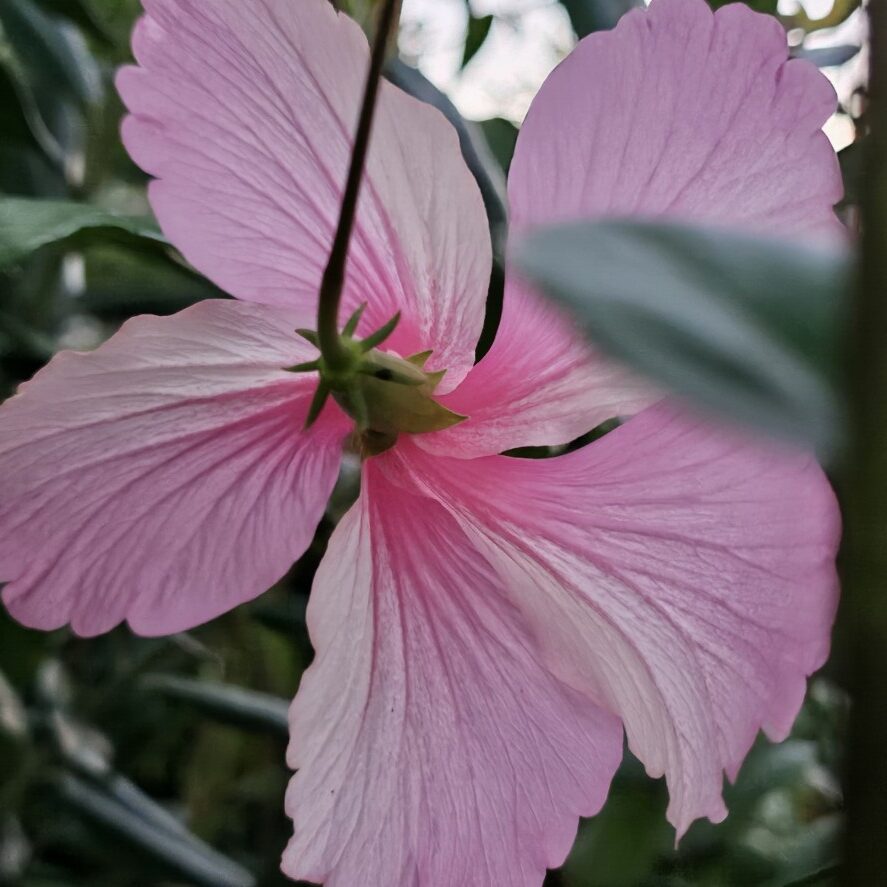
Chapter 2: Selecting Scion and Rootstock Choosing the right plant components is crucial for successful grafting. Understanding what makes a good scion and rootstock ensures a healthy graft union and robust growth.
- Scion Selection: Choose healthy branches from a hibiscus variety with desirable flower traits. Look for thick, disease-free, and well-hydrated stems with active growth nodes. The best scions are typically taken from semi-hardwood growth.
- Rootstock Selection: Opt for a strong, well-established hibiscus plant with robust root systems and adaptability to local conditions. Ideal rootstocks are resistant to diseases, drought-tolerant, and compatible with the chosen scion.
Factors to Consider:
- Compatibility between the scion and rootstock for successful fusion.
- Seasonal timing—grafting is most effective in spring and early summer when plants are actively growing.
- The age and health of both plants, ensuring they are in prime condition for grafting.

Chapter 3: Grafting Techniques There are several grafting methods, each with its advantages. Below are the most commonly used techniques for hibiscus grafting:
1. Cleft Grafting
- Best for plants with a thick rootstock.
- Make a vertical slit in the rootstock, about 1-2 inches deep.
- Shape the scion into a wedge and insert it into the slit, ensuring contact between the cambium layers.
- Secure with grafting tape and allow time to heal.
- This method is effective for creating strong, durable unions between plants.
2. Side Veneer Grafting
- Suitable for young plants and smaller rootstocks.
- Cut a small flap into the rootstock and insert a similarly shaped scion.
- Bind with tape or rubber bands to ensure proper fusion.
- This technique provides a high success rate when done with proper alignment.
3. Approach Grafting
- Used for plants growing side by side.
- Cut a strip of bark from both plants and bind them together until fusion occurs.
- After healing, separate the scion from its original root system.
- This technique is less stressful for the plant and provides a slow but strong graft union.

Chapter 4: Caring for Grafted Hibiscus Post-grafting care determines the success of the procedure. Follow these essential tips:
- Maintain Moisture: Keep the plant well-watered but avoid overwatering, as excessive moisture can lead to rot.
- Protect from Direct Sunlight: Place the grafted plant in partial shade during the healing process to prevent stress.
- Check for Growth Signs: New shoots and fresh leaves indicate a successful graft.
- Remove Grafting Tape: Once the union is strong, gently remove the tape to prevent constriction and allow for natural growth.
- Prune Unwanted Growth: Trim excessive shoots from the rootstock to direct energy to the scion. Be sure to check for suckers emerging from below the graft union and remove them promptly.
- Monitor for Pests and Diseases: Newly grafted plants can be vulnerable. Keep an eye out for aphids, mealybugs, and fungal infections, treating them as needed with natural or chemical remedies.
Chapter 5: Common Challenges and Troubleshooting While hibiscus grafting is rewarding, challenges can arise. Understanding potential problems can help improve your success rate.
Common Issues:
- Graft Rejection: Occurs due to poor compatibility, weak alignment, or environmental stress. Ensure proper technique and compatible plant selection.
- Infections: Prevent bacterial or fungal issues by using sterilized tools, clean hands, and well-aerated work areas.
- Slow Healing: If grafts take longer than expected to fuse, check humidity levels and ensure the graft is tightly secured without being overly constrictive.
- Weak Unions: Avoid disturbances to the grafted area during early stages. Support weak grafts with stakes if necessary.
- Failure to Sprout: If the scion doesn’t sprout new growth within a few weeks, it may not have successfully fused. Consider regrafting if necessary.

Conclusion Hibiscus grafting is a powerful technique for plant enthusiasts who want to create unique and resilient plants. With patience, practice, and the right techniques, you can successfully graft hibiscus plants and enjoy a diverse and thriving garden. Whether for aesthetic appeal, improved plant health, or simply the joy of experimenting with plant combinations, grafting opens up a world of possibilities for hibiscus lovers.
By applying the knowledge and techniques outlined in this guide, you will be well on your way to mastering hibiscus grafting and cultivating stunning, healthy plants that are tailor-made to your preferences.
Happy grafting!

